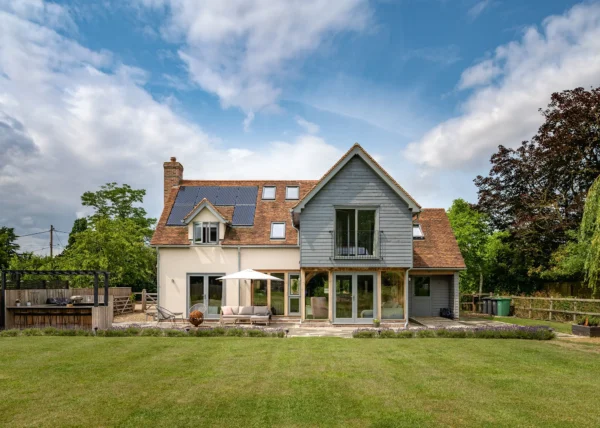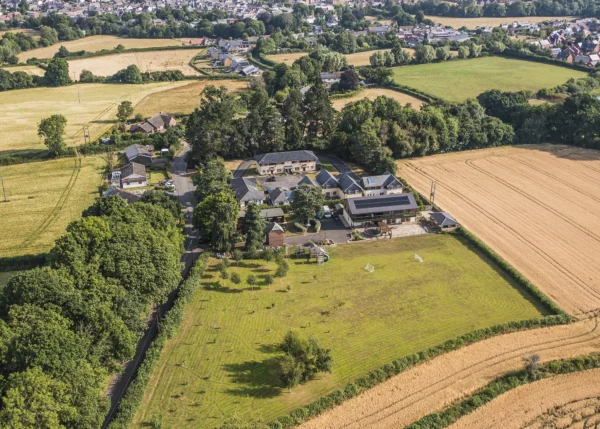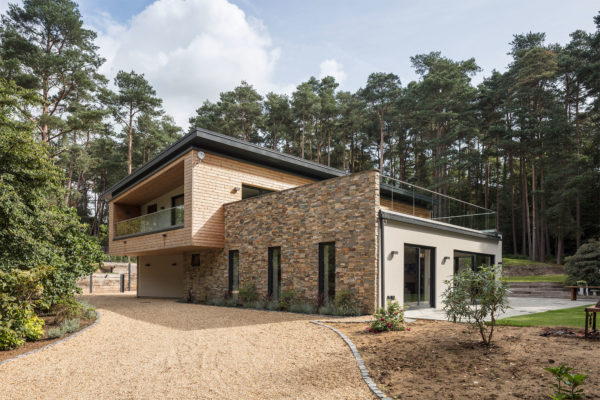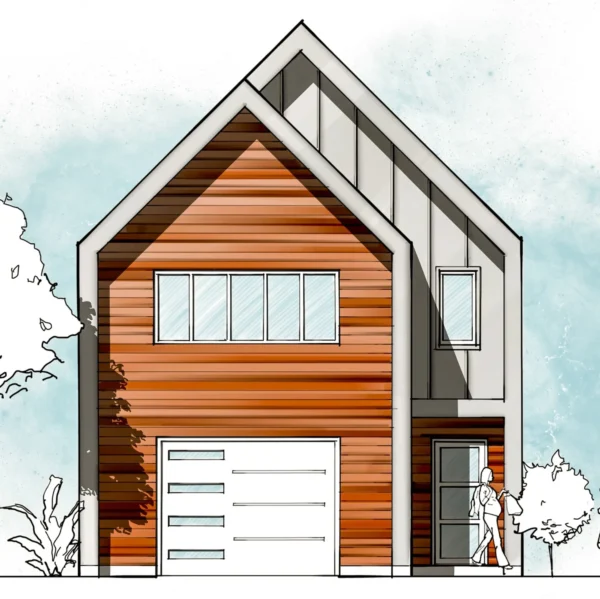Self-build has moved up the government’s housing agenda in recent years. It’s been fantastic news for budding home builders everywhere, with a raft of government-led initiatives rolling out viable building plots, finance opportunities (such as the custom build fund) and streamlining planning bureaucracy.
But after so many years in the wilderness, playing second fiddle to the major housing developers, just what is it that makes self-build so attractive to the coalition?
Recently, I was lucky enough to attend a seminar at National Self-Build Week called Making Sense of Planning for Self Builders, where luminaries including Ted Stevens (chair of NaSBA), Julia Riddle (a well-respected planning consultant) and Kelvin McDonald (previously Chief Policy Adviser to the Royal Town Planning Institute) discussed the various initiatives that are helping self-builders gain planning permission.
In a significant coup for National Self-Build Week, the Under Secretary of State for Planning, Nick Boles MP, was also on the panel. He was refreshingly forthright in his support for self-build – and it was clear why he and the government are taking a much more active role in the sector.
“I start from a very simple perspective,” said Boles. “We need to build 230,000 – 270,000 houses every year to provide homes for everyone who wants one. The major housebuilders have never built over 150,000 units.”
And just how do we bridge that gap? With self-build, of course.
“Currently 12% – 15% of homes are built this way in the UK,” said Boles, “but in France and Germany, 60% of houses are built through self-build. This is an opportunity we’re missing in a big way.”
Boles was quick to identify what he sees as the major impediment to UK self-builders at the moment. “The biggest block is access to land on which you can get permission to build,” he said. “In my view this is the single biggest reason why we’ve failed to meet requirements for housebuilding.”
The first step in tapping into the potential for more self-build came via the streamlining of the National Planning Policy Framework (NPPF), which for the first time ever now requires local authorities to assess the demand for self-build in their jurisdiction and make provision for it in their local plans.
Now, hundreds of local authorities up and down the country are doing just that – but there are still many out there that have been slow to make the change. But Boles is insistent that he wants them to get there sooner rather than later.
“I want to encourage local authorities much more actively to make specific provision of sites for self-build,” he said. “I want to highlight that self-build is an important route to housing for local authorities.”
He and the government have seen what some local authorities have missed – that self-build homes can be much more acceptable to a community or neighbourhood than developer-built houses.
“Local authorities have no desire to spin-out building works, but if you want more houses quickly, self-build is a good route,” said Boles. “The typical objections of neighbours, about soulless development’ and so on, don’t apply to self-build. A self-builder is going to design a home for themselves and move their family into it, so sites for self-build are politically easier to persuade people of than developer sites.”
It’s an insightful point, and one that organisations such as NaSBA are working hard to get out to local authorities and planning department decision makers. And it’s interesting to hear Boles make the neighbourhood connection so strongly. To the government, the self-build market presents a huge political opportunity. If neighbourhoods actively call for good one-off homes to meet local demand, and this goes hand-in-hand with a steady increase in housing delivery, it might just be a sign that the ‘big community’ isn’t dead and buried yet.
Undoubtedly, there’s more to do – and there have been calls recently for the government to push even harder in favour of self-build following a report by the University of York and Lloyds Banking Group. But one thing is clear. With burgeoning government support, we can look forward to thousands more plots (many of which will already be serviced) being released to self-builders in the coming year.

















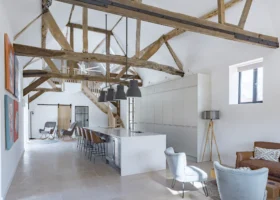

















































































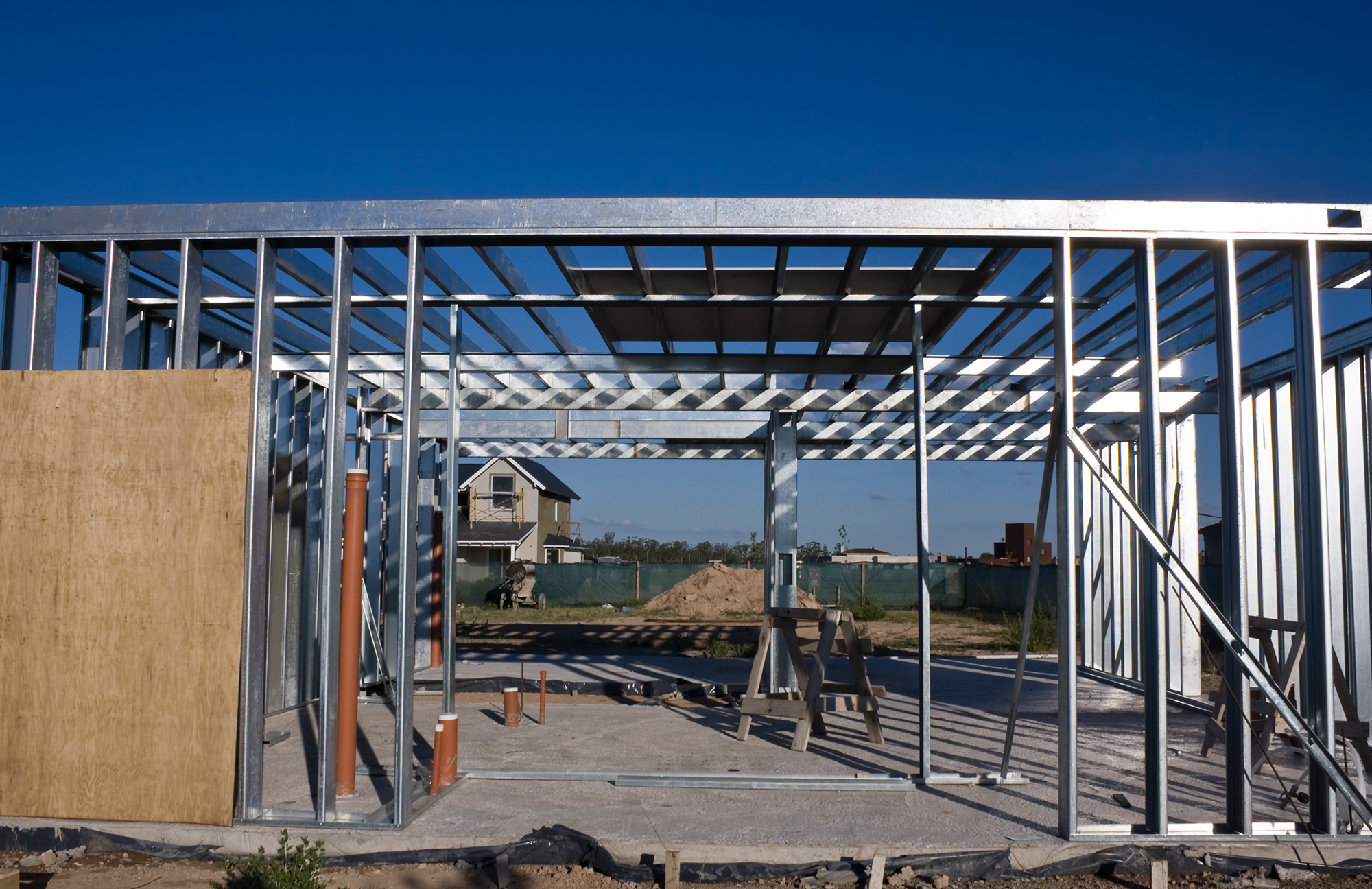
 Login/register to save Article for later
Login/register to save Article for later


